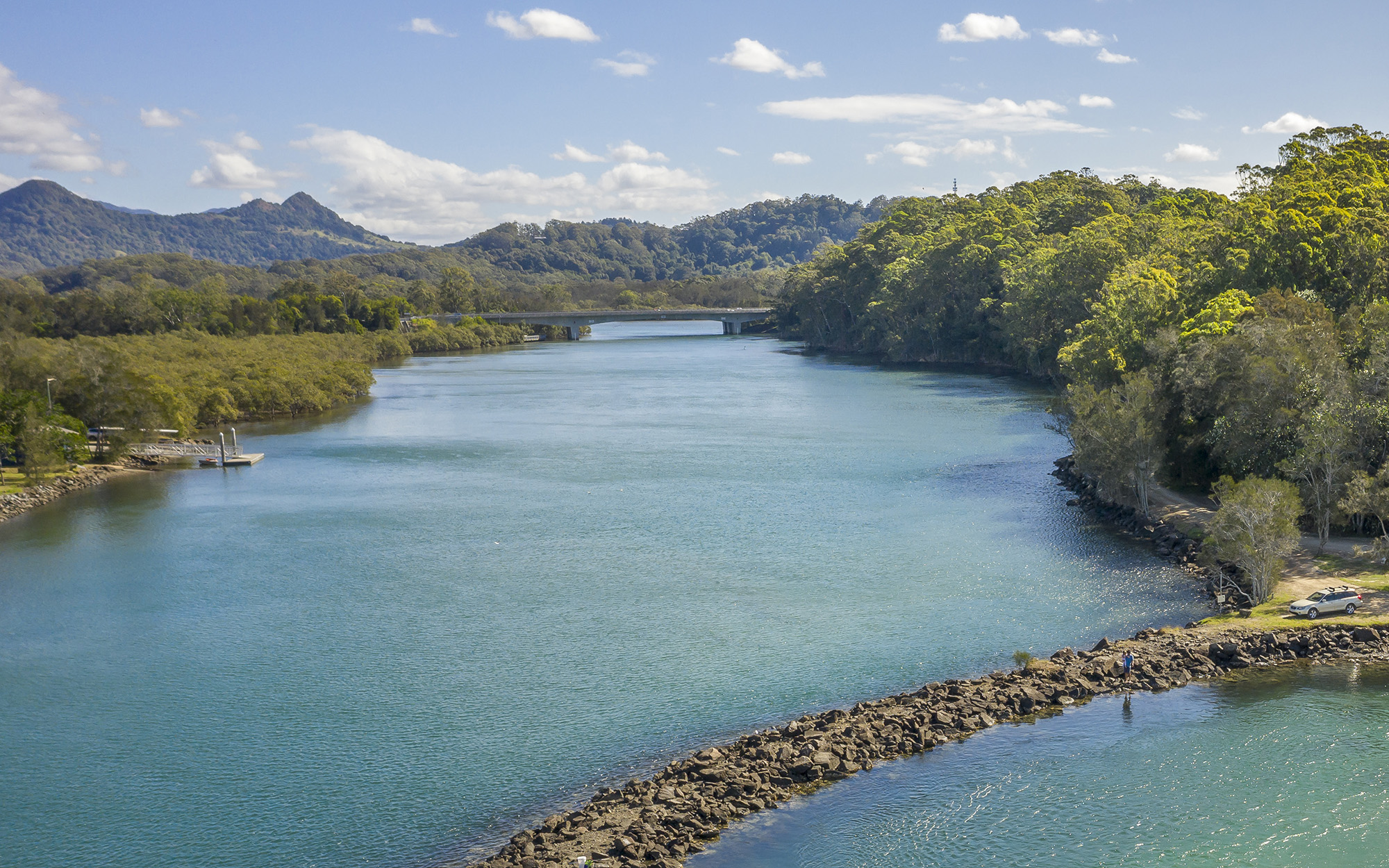Healthy rivers need holistic land and water management systems and decision-making processes. The health of our surface water and groundwater systems is directly affected by the land use and land management practices in surrounding catchments.
What we have delivered in 2022-2023
Land management practices impact riverine health and a decline in catchment and river health threatens ecosystems and negatively impacts on Aboriginal people’s connection to Country as well as water quality for towns and communities. The responsibility for managing water quality is shared between state and local agencies and the department is working collaboratively with our land and water sector partners on catchment scale decision-making, planning and project delivery.
NSW water quality and river flow objectives
With an increased focus on water quality a review is underway to update the NSW water quality and river flow objectives. The objectives are the agreed environmental values for fresh and estuarine surface waters outlining community values for rivers, creeks, estuaries and lakes. They outline community value in terms of water quality and include indicators to help assess if current conditions support those values.
During the reporting period, the Environment and Heritage Group collected data on water quality and environmental values to update the objectives. Consultation on the draft objectives took place between July and September 2022 with over 900 individual comments received. The draft objectives are being revised ahead of wider public consultation in 2024.
Working collaboratively to restore river health
Over the reporting period, the new government released the Far North Coast Regional Water Strategy reaffirming commitment to evidence-based catchment scale planning. For the Far North Coast region, priority is given to riverbank condition and river health and the department is working with other levels of government to ensure holistic governance. A Northern Rivers Watershed Initiative has been established through the Northern Rivers Joint Organisation of Councils to improve water security and catchment health. The initiative will ensure a joined-up approach to catchment management modelling and natural flood mitigation to improve riverine health and reduce flood risk.
The department will also continue to work with Local Land Services to implement the Riverbank Rehabilitation Project at critical sites across the state and provide guidance to landholders on best practice management to support the regeneration and protection of waterways and estuaries.
A further initiative to minimise the impacts of livestock on riparian areas to improve water quality and native fish habitat is the NSW Fencing Northern Basin Riverbanks Program. The program led by Local Land Services, provided landholders along priority reaches in the northern Murray-Darling basin with funding assistance to undertaken on-ground projects. In total, landholders signed up to construct 260 kilometres of fencing to protect around 13,000 hectares of riparian land and undertake around 2,000 hectares of weed and erosion control works.
Monitoring and managing fish deaths
An independent review into the 2023 fish deaths in the Darling-Baaka River at Menindee was undertaken by the Office of the Chief Scientist and Engineer (OCSE). The review found that the event was symptomatic of broader degradation of ecosystem health and consequential long-term pressure on the Darling-Baaka River system.
In response to the OCSE review, the NSW Government has released a document detailing action it will undertake to reduce the risk of more fish deaths PDF, 5698.64 KB.
Regular community updates on river operations, fish health and water quality are provided on the Menindee webpage.
Contribution to water strategies
- NSW Water Strategy
- Take landscape scale action to improve river and catchment health
- Better integrate land use planning and water management
- Regional water strategies
- Support whole-of-catchment governance
- Undertake broadscale, long-term catchment management and better integrating land use and water management
- Rehabilitate regionally significant riparian, wetland and floodplain reaches
- NSW Groundwater Strategy
- Better integrate groundwater management with other land and water management processes
- Greater Sydney Water Strategy actions
- Maintain and improve ecosystem health
